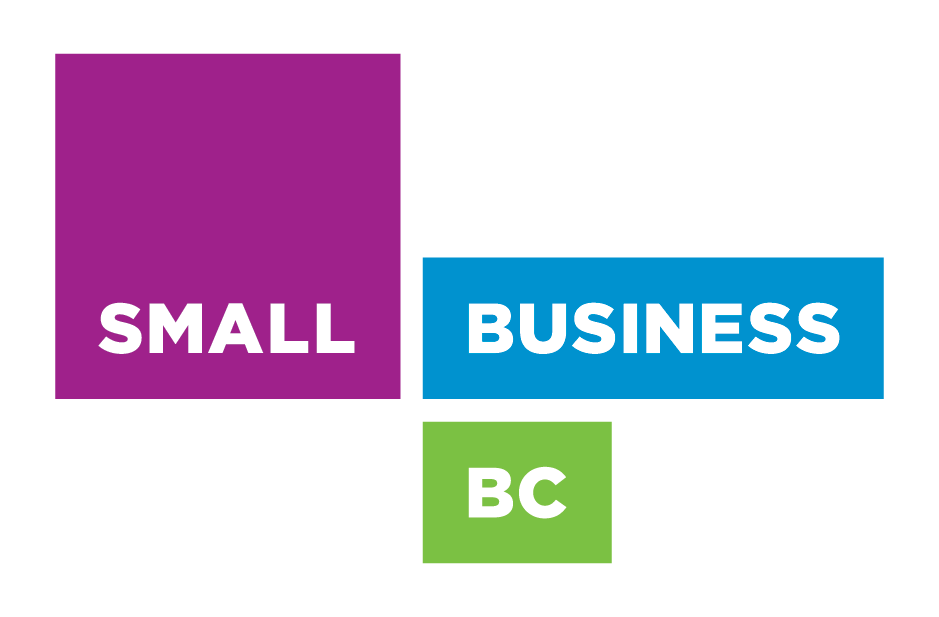Ottawa/Fraser Valley (CP/Globe and Mail) – Canada and 11 other countries have struck a deal to create a free-trade area spanning from Chile to Japan. While the deal has been approved, Canada, Japan and the United States are involved in long election campaigns. So this deal may never be approved in either Parliament or House/Senate.
Abbotsford MP Ed Fast is Canada’s Minister of International Trade and took to Twitter to praise the deal:
The #TPP will deepen Canada’s trading relationships with the dynamic and fast-growing markets in the Asia-Pacific Region.
The #TPP represents a market of nearly 800 million people and a combined GDP of $28.5 trillion.
Under the leadership of Prime Minister Harper our government has launched the most ambitious pro-trade plan in our countries history #TPP.
Canada has now concluded FTAs with 51 countries. When we came to office in 2006 Canada had FTAs with only 5 countries.
In other words, exporters of world-class Canadian products will have access to more than 1.3 billion consumers around the world #TPP.
Here’s a primer on what it is, how Canadian industries could be affected and what the federal leaders propose to do about it:
WHAT IS IT?
The Trans-Pacific Partnership would create a free-trade zone among 12 nations around the Pacific, making it the world’s largest. The countries within its scope account for 40 per cent of the world’s economic output.
WHO’S BEEN NEGOTIATING TO BE IN IT?
- Australia
- Brunei
- Canada
- Chile
- Japan
- Malaysia
- Mexico
- New Zealand
- Peru
- Singapore
- United States
- Vietnam
HOW MUCH TRADE HAVE WE DONE WITH THOSE COUNTRIES IN THE PAST?

DOES THIS END OR REPLACE NAFTA?
No. The North American free-trade agreement still exists, but in areas where the two agreements conflict the newer one will usually prevail. (In a way, this is what Barack Obama promised when he first ran for president and said he’d revisit NAFTA – which prompted a controversy back in 2008. He promised new labour and environmental provisions, and this agreement has chapters on both those things.)
HOW COULD THIS DEAL AFFECT CANADA?
- Access to Asia: Canada would get preferential access to markets in key Asian countries like Japan, Malaysia and Vietnam.
- Auto industry: The deal would diminish the local-content requirements for auto sales in North America. Canadian auto-parts manufacturers would face stiffer foreign competition.
- Dairy industry: This is what will affect the Fraser Valley directly. Currently, 90 per cent of Canada’s dairy market is closed to foreign products. But that would change under a trade agreement that lets dairy producers like New Zealand get more access to North American markets. The deal gives TPP countries duty-free access to another 3.25 per cent of Canada’s dairy market over five years. However, Ottawa says it will spend some $4.3-billion over 15 years to compensate dairy, chicken and egg farmers for lost revenue.
- Agriculture: Canadian producers of beef, pork and barley would get easier access to Pacific Rim markets like Japan, in exchange for lifting some protections on poultry and other products.
HOW COULD IT AFFECT OUR TRADING PARTNERS?
- Labour laws: The deal institutes new workers’ rights, including rules on child labour, forced labour and discrimination.
- Pharmaceuticals: Next-generation pharmaceuticals, including cell-based biologics, will have patent-style protections for eight years. That’s in line with Canadian policy, but will disappoint some countries who declared anything beyond five years would be unacceptably expensive for patients and taxpayers.
- Technology: There are rules in the deal to protect the digital economy, and practices likes cloud computing. It would prevent national governments from cutting off data flows, by limiting laws that require local storage of data.
WHERE DO THE MAJOR POLITICAL PARTIES STAND ON TPP?
- Conservatives: The Conservative government officially joined negotiations for TPP in 2012. Stephen Harper has been championing the TPP deal, saying that refusing to get on board would be a “disaster,” cutting off Canada’s auto industry from global supply chains. He has cautioned, though, that the auto industry would not like everything the deal entails.
- NDP: New Democrat Leader Thomas Mulcair says the TPP deal could hurt Canada’s agriculture and manufacturing sectors, and wrote to the International Trade Minister that an NDP government would not consider itself to be bound by the deal.
- Liberals: Liberal Leader Justin Trudeau has expressed support for the TPP, but has also criticized the Conservative government’s negotiations as being too secretive.
WHAT HAPPENS NEXT?
TPP isn’t a done deal yet: It still needs to be ratified in national legislatures, including Canada’s, once the federal election is over. A vote is expected early next year in the U.S. Congress, and it could prove difficult.
The full text of the deal is also undergoing a legal review, which is why we haven’t seen it yet. The details that have been released are coming from the various governments.













